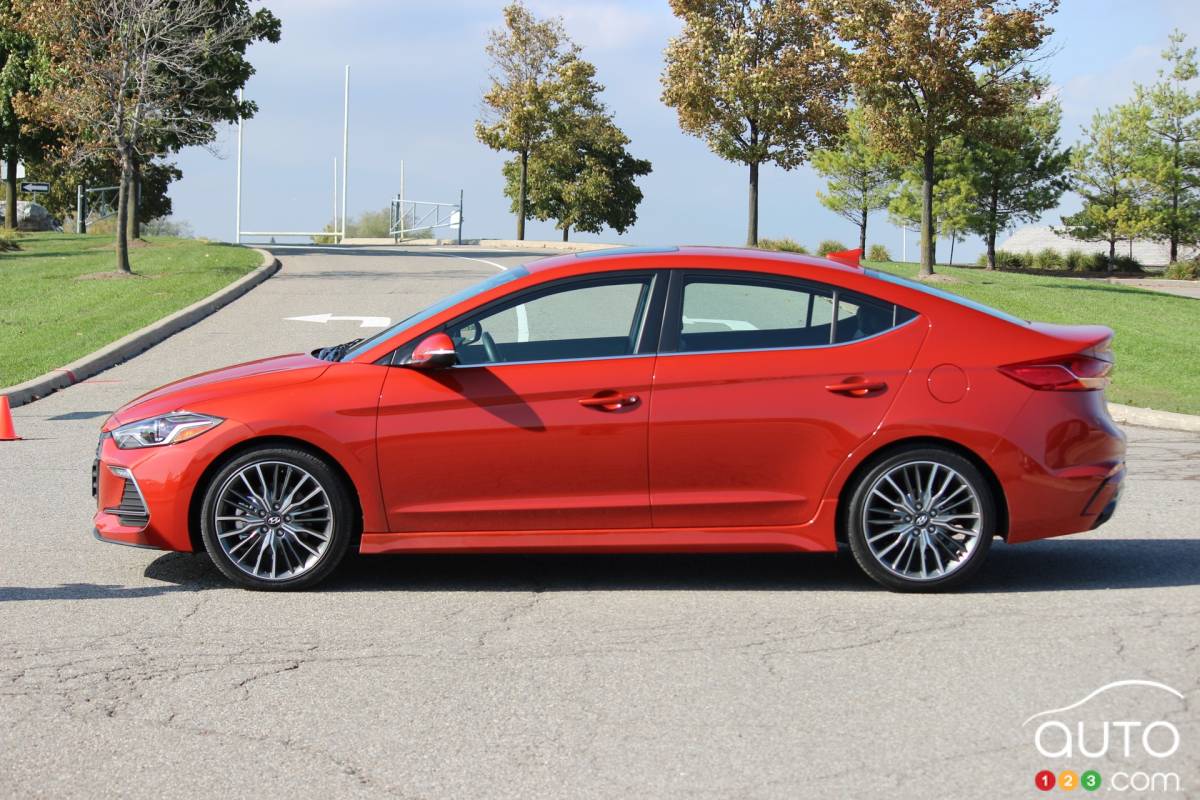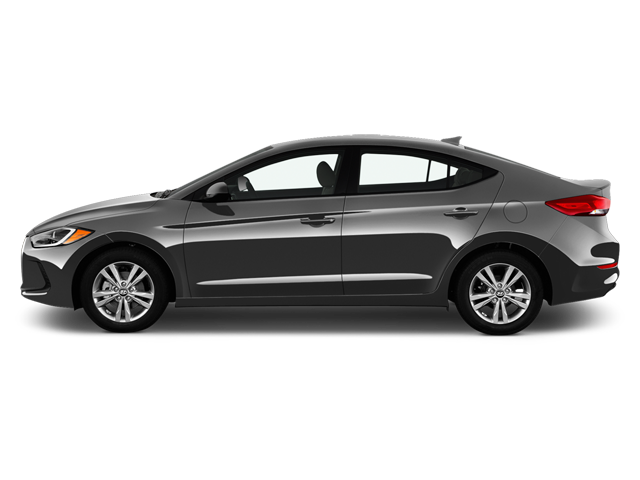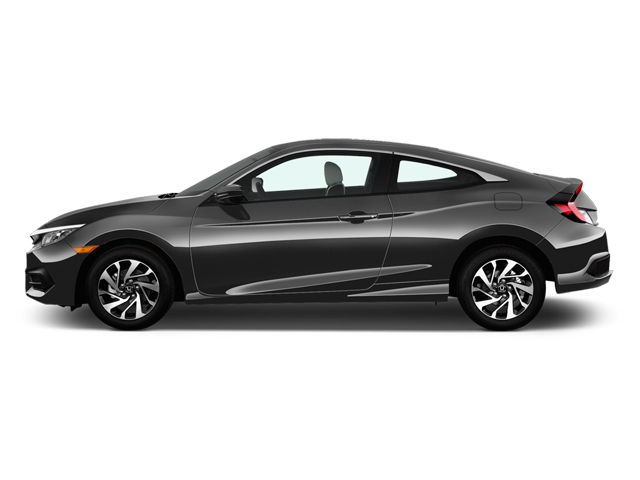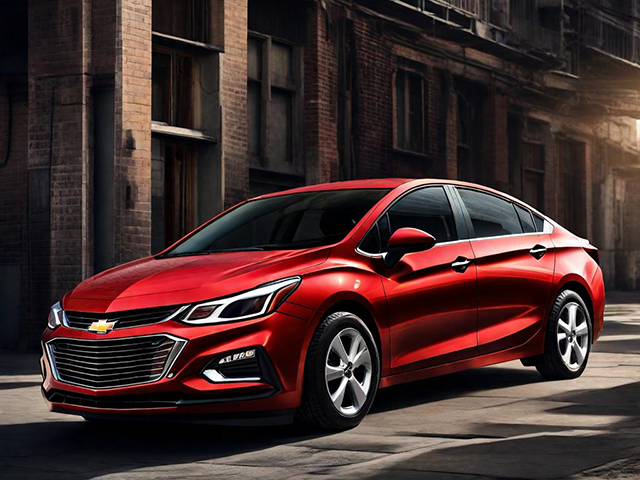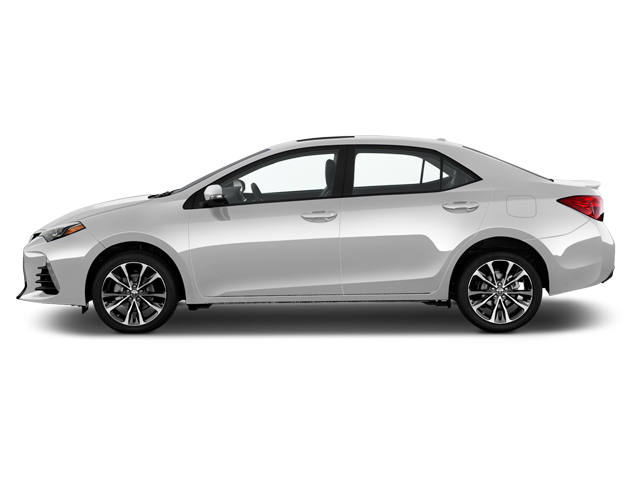The Hyundai Elantra, which started its life as an affordable alternative to the big players in the compact segment such as the Honda Civic and Toyota Corolla, has gone on to become a go-to car for those who want something a little different than what the next guy―or, indeed, the next 10 guys―are driving.
In 2011, when the previous generation of the Elantra debuted, it had more adventurous styling than the competition, came well-equipped, and was backed by one of the best warranties in the biz. The little Korean ended up receiving the AJAC Canadian Car of the Year award and outselling most of the competition in Canada.
This presented a bit of a problem, however. You see, as soon as you graduate from bit-player to main event, expectations start to change. They get higher. Consequently, when it came time to modernize the Hyundai Elantra for the 2017 model year, designers had to be careful not to mess too much with a good thing. After all, you don’t want to lose those relationships you have worked so hard to cultivate over the past few years, especially when you’re dealing with competition that has been developing loyal customer bases for decades.
Dialling it back
This may not be the first thing you’d think of doing when it comes to designing a new car, but that’s exactly what Hyundai has done with the 2017 Elantra, at least in this reporter’s humble opinion. The headlight lenses aren’t quite as aggressively shaped (and huge) as they were on the outgoing model, and the same goes for the taillights. The front fascia is, however, complimented with some nifty bumper openings at each corner, plus a large grille opening similar to what we saw on older cars. Unfortunately, the sides and rear are somewhat bereft of any real eye-catching details. Yes, GLS and higher trims get some spangly 17” wheels, but that’s about it.
It’s a little strange, especially considering that Honda has gone in the completely other direction with its new Civic: aggressive details, hatchback-like styling even in non-hatchback models, and some distinctive colour choices. Sure, the Elantra’s Phoenix Orange and Fiery Red options look good (and sound cool, too), but if you park a Civic finished in Energy Green next to either of them, it’s not hard to guess which car would get more attention.
Of course, being incognito is kind of a thing for many compact sedan buyers―they want a car that will reliably get them from A to B, and they don’t need everyone knowing about it―which is why I think Hyundai has dialed the Elantra’s styling back somewhat. It even managed to win a design award for it, so they must be doing something right, but I just don’t see it.
Interior home run
Inside, the theme is similar, but the funny thing is that I like the more simplistic treatment here. The old car’s interior was pleasing to the eye at first, but it didn’t age too well as you realized that all those flowing panels meant buttons could be hard to read and hard to reach.
For 2017, that’s no longer the case. The dashboard may not look as adventurous, but it’s incredibly well put together with miniscule panel gaps leading to squeak-free proceedings and a feeling of quality that punches above its weight class. Also, the buttons are all nicely aligned, and because they’re well-sized, they’re easy to reach when on the move. Add sophisticated lighting and a modern-yet-classic gauge cluster, and you’ve got a cabin that takes the fight to the segment’s best, including the aforementioned Civic and the well-appointed Chevrolet Cruze.
Space up front is fine, but rear-seat passengers are going to find they have less legroom than they would in the Corolla, Civic or Volkswagen Jetta, and less headroom than all but the Civic. The seats are comfortable, though, so smaller individuals should be happy with that.
In the tech department, the 2017 Hyundai Elantra is true to form in that it has a lot to offer even at base, where you’ll find two USB ports, keyless entry, traction control, stability control, and even heated seats. That last item, of course, is huge for Canada and especially Quebec, where so many of these are sold. There’s even a heated rear seat option starting on middle trim levels, which is another great feature for Canadians. Upgrading to a GL trim will get you a nice, big 7” touchscreen that may not be a leader in terms of graphics, but is responsive and intuitive to use. There’s compatibility for Android Auto, too, but Apple CarPlay isn’t an option at this time.
Lack of power
The new Elantra’s 147 horsepower is down on a lot of competitors (the Civic offers 158 hp, for instance), and since peak power arrives at 6,200 rpm only, you’re going to have to stomp on it if you’re hoping for the acceleration required to safely enter the highway or pass that slower traffic on a two-lane blacktop.
Luckily, the Elantra makes use of either a 6-speed manual or automatic transmission―no boring, acceleration-sapping CVTs here―that works well with the powertrain to get the most bang for your buck. There’s no paddle shift option, but rather a manual mode that you access by bumping the shift lever to the left once in drive. It’s another good way to help get the most out of the engine, but it doesn’t mask the fact that the Elantra remains a loud car when you really get on it.
The 2017 Hyundai Elantra makes use of MacPherson struts up front and a torsion beam at the rear. The result? A ride that does well to reflect the interior environs, that is to say one that is much more grown up than its segment―and indeed its price ($15,999 base MSRP)―suggests. Small bumps don’t upset the chassis to the point where you feel like you’re going to be bouncing across the road, while the damper rebound settings are such that larger bumps are absorbed well, too. I’ve tested all the main players in the compact sedan segment, and the Elantra is the new standard when it comes to ride quality, although the latest Subaru Impreza is a close second.
The trade-off is less aggressive chassis response when you start to tackle the twisties, but that’s OK for a couple of reasons. For one, the Elantra is a high-volume car in a high-volume segment, and most buyers don’t really mind if they don’t get sports car-like handling. They’d much rather be comfortable around town and on the highway. With the exception of some road noise and wind noise (not to mention powertrain noise, as discussed), they will likely be comfortable in those environments.
Reason number two is as follows:
All hail the new Elantra Sport!
The Sport Tech trim sits at the top of the Elantra lineup at $27,499. If you can do without the navigation and premium audio system, then save yourself $2,500 and opt for the standard Elantra Sport, because you’ll still get the stuff that makes it so great.
Put simply, there’s the addition of a 1.6L turbo engine that’s good for 201 horsepower and 195 lb-ft of torque, which are both higher figures than what the Honda Civic and its 1.5L turbo motor offer. The Hyundai Elantra Sport takes off at a rate that will make most people forget that it shares its platform with the wheezier, naturally aspirated car. It sounds pretty good while at it, too; sure, it’s no Volkswagen Golf R, but it does well to show that there’s more to this particular Elantra than meets the eye.
Actually, that comment should come with a bit of an asterisk since there’s a lot that meets the eye when it comes to the Elantra Sport. Standard 18” two-tone wheels, a more aggressive front splitter, twin exhaust, a rear underbody diffuser, and sculpted rocker panels all lead to a more athletic stance and a car that looks markedly different from the regular model.
The sporty theme continues inside, where you’ll find thicker, leather-clad sport seats, a flat-bottomed steering wheel (that’s heated as standard), and red contrasting stitching. Even for bigger folks like myself, the snugger sports seats aren’t so supportive that they uncomfortably dig into your ribcage or outer thighs, as is often the case with interior conversions such as the Sport package offered on the Mazda MX-5 roadster. The flat-bottomed wheel, meanwhile, serves its function by not interfering with your legs.
That’s a good thing, because if owners drive the Hyundai Elantra Sport like it’s meant to be driven, they’re going to be sawing at that wheel. A lot. You see, as much as the turbo engine upgrade is a bonus, the handling package is the true star, here.
The front and rear spring rates and damper settings have been adjusted to reflect the sportier intentions, and the steering ratio has been decreased, as well. Add bigger brakes up front, and you have a car that turns and stops in an entirely different universe than the standard Elantra does.
I’ve had the chance to put the Elantra Sport through its paces both on a tight autocross track and a larger, more flowing race course, and it impressed in both situations. The lower steering ratio means better turn-in which, coupled with the chassis adjustments, has the Sport feeling more like a rear-wheel drive car. This can especially be seen on an autocross course, where a chassis’ agility comes quickly into focus. The Elantra excelled here, and while its 201 horsepower isn’t going to set a larger race course with long straights on fire, there’s no question that it’s earned the right to be tested in that kind of an environment. That’s high praise for a car that costs less than $25k to get into, for sure, but it’s well-deserved.
Divergent paths
I guess this really does come down to a tale of two cars then, doesn’t it? The standard 2017 Hyundai Elantra, with its great ride and humble styling, will attract its fair share of customers, obviously, but there’s some very tough competition in this segment and it will have its work cut out for it.
The Elantra Sport, on the other hand, is so smartly executed and so well-equipped that you wouldn’t know it’s based on the same platform. The upcoming new Honda Civic Si and Type R will likely have a similar effect, but for now the Elantra Sport is the best compact sedan you can buy if you want a little more sportiness to go with your practicality, yet don’t want to venture into $30k-$40k territory in order to get it.
If you’d like a second opinion, read Justin Pritchard’s 2017 Hyundai Elantra Review.
Road Tests and Reviews

